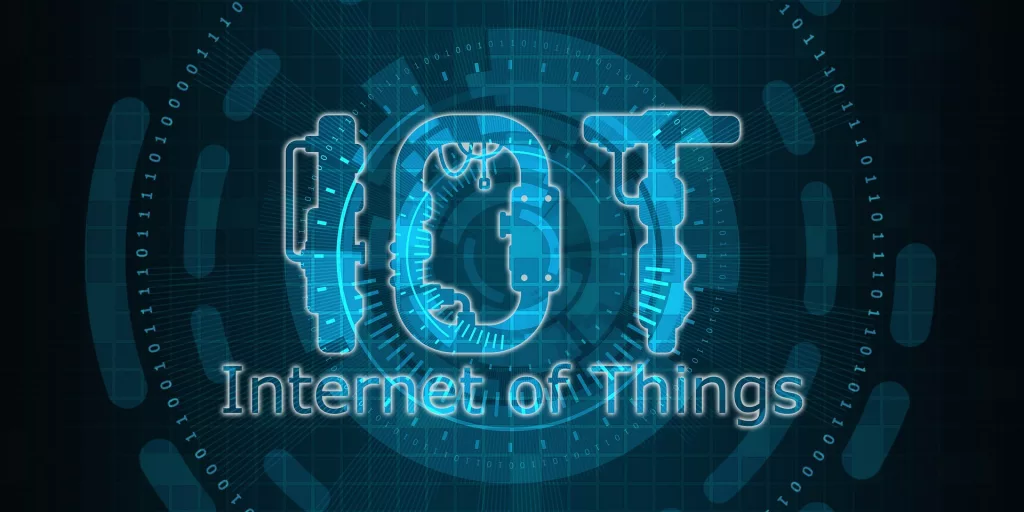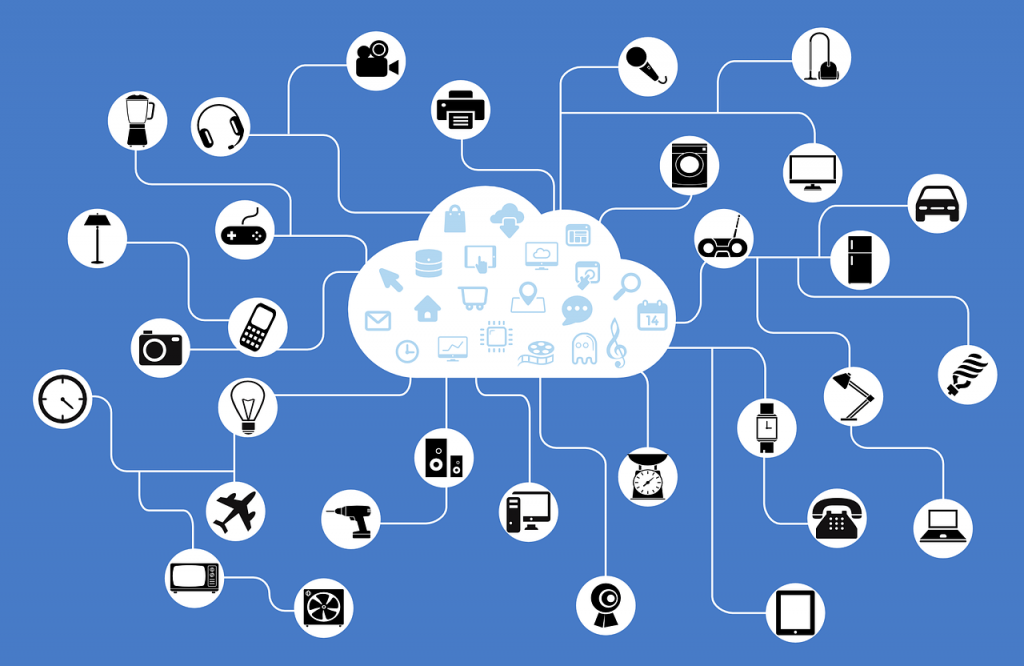In case it passed you by, it was World IoT Day a few days ago. Business technology journalist, Antony Savvas passes on a few tips to make sure organisations can benefit from successful Internet of Things deployments.
Growth
It’s expected the number of connected Internet of Things (IoT) devices will surpass 43 billion in 2023, according to consulting firm McKinsey. “Maturing underlying technologies will make IoT technologies easier to implement and help companies and investors seize new opportunities,” says McKinsey.

Although large enterprises will benefit, a maturing IoT market will see small- and medium-sized enterprises benefit too, it adds.
The World Economic Forum says 84% of current IoT deployments can help address sustainable development goals, and that “IoT technology is a huge opportunity to build a sustainable and prosperous future for SMEs (small and medium-sized enterprises).”
Developing and launching an IoT device is a complex task though, and can present unexpected costs and pitfalls.
5-point guide
ByteSnap develops proof of concept IoT devices through to final production, and its design team says there are five areas that organisations must concentrate on to enjoy a smooth IoT device development journey.

First of all, develop for low power. Often, manufacturers developing an IoT product rush to get a prototype ready for investors or customers. Sometimes in this rush to create a prototype the product has not been developed as a low-power device.
Developers might decide to look at reducing a product’s power usage or extending any battery life later, but underestimating how long and how costly leaving low power development until later in the process can be a critical mistake. This could actually result in a significant redesign of a product and become a battle of diminishing returns.
Device developers should always factor in low power development and battery life considerations into Gantt charts and into product development time and budget. “As the world progresses towards sustainable energy usage this will become more and more important,” says ByteSnap.
Secondly, consider mechanical tooling needs. Most IoT product manufacturing uses injection-moulded plastic for casings and aesthetics because the unit cost in production is low. Injection moulding produces a functional, well-finished, and IP-rated end-product.
But an important downside to consider is the one-off cost in creating the tool which can run into the hundreds of thousands depending on the finish detail and the complexity of the tool. It’s well worth obtaining tooling estimates early and budgeting in the cost before furthering mechanical design work.
Compliance

Thirdly, factor in compliance. Unexpected costs that IoT device developers can encounter stem from compliance testing and certification and also from joining relevant standards bodies, such as the ZigBee Alliance.
Developers understand that certification is required like CE marking in Europe and FCC and UL testing in the US, but they often underestimate how heavy the costs of certification can be. “At ByteSnap, we often see our device development customers shocked by certification costs.” Test houses can charge upwards of £1,000 (€1,128) a day to use their facilities and compliance testing takes a number of days to weeks.
There are also numerous types of testing. Testing can be mandatory, advisory, or self-certifying. Environment testing, safety testing, EMC (electromagnetic compatibility) testing and radio testing may all need to be considered.
Organisations must also understand production testing needs. IoT product developers must create a testing process suitable for volume manufacture that is implemented at the end of the production line. There are many methods of production testing, and the most suitable will depend on the volume of devices produced and the device functionality.
The responsibility for production testing must be allocated to the appropriate team or to the factory, and the costs accounted for in both the production budget and cost price of the device.
Beta testing programme

Lastly, be aware of beta programme requirements. Product recalls across industries hit the news all the time, after shipping or even a year or two down the line. Major failures can be catastrophic for a business.
So a beta testing programme in the user environment is the best solution to help avoid such problems. This may mean testing 50, 100, or more units with actual users. These customers may be non-technical who will seek help to identify different issues with a product.
Preparing to succeed
Another firm offering useful advice for efficient IoT deployments is connectivity services firm Eseye. It acknowledges that changing legislation, technical risks and commercial pressures create a number of pitfalls.

“Over the past two decades, I have seen countless attempts by users to connect their IoT devices using a multitude of wireless technologies,” says Paul Marshall, chief customer officer at Eseye. “However, these efforts were often driven by the technology available rather than the business case. While it was undoubtedly exciting to see their devices successfully communicate, it was challenging for those businesses to extract the essential, business-enhancing data needed to improve company performance.”
Even after the convergence of affordable cellular networks, high-quality cloud connectivity, and inexpensive hardware, businesses are still racing to market devices that aren’t ready, says Marshall, along with not fully understanding the importance of device reliability to handle any network issue.
Businesses must also tackle the challenges that extend beyond connectivity, he adds.
First of all, they must tackle regional legislative changes as they pose a significant risk to businesses operating in various countries. Network operators face competing pressures in their countries, such as adhering to GSMA rules and guidelines and competing with other operators to win business. These pressures create a “melting pot of risk” on all sides, Marshall says, making it crucial for companies to invest in ensuring their devices are reliable and can continue to operate under changing regulations.
Data sovereignty and roaming
Secondly, there is data sovereignty. Ensuring compliance with current legislation is the first step when it comes to data sovereignty, but IoT projects need the tools to mitigate future compliance as a result of changing laws in each country. Risk mitigation is critical to avoid costly setbacks and business failure of the project.

Next, roaming agreements are a key battleground. Although IoT roaming enables connectivity in many countries, most roaming agreements are short-term compared to the lifecycle of an IoT device, which could be more than 10 years. In recent research from Kaleido Intelligence, almost half of the respondents (46%) were concerned about growing permanent roaming restrictions for multi-regional IoT deployments, resulting in steep costs and devices being blocked and disconnected.
There are also concerns around cloud changes. There is the potential for devices to become obsolete due to changes in cloud services or data routing. Devices must be tested for current performance and prove they can manage changes down the line. “Designing and deploying an IoT device is a journey of tough choices and complex calculations, but preparing the device for any eventuality is crucial to ensure success,” says Marshall.
It’s clear the world of IoT will undoubtedly continue to grow, as will the challenges.
The author is Antony Savvas, a global freelance business technology journalist.
Comment on this article below or via Twitter: @VanillaPlus OR @jcvplus






